
Table of Contents:
1. Introduction
2. Choosing the Right Trees for Your Winnipeg Landscape
- 2.1 Climate Considerations
- 2.2 Top Trees for Winnipeg Homeowners
3. Preparing for Planting
- 3.1 Assessing Your Yard
- 3.2 Soil Preparation
- 3.3 Tools You’ll Need
4. Planting Your Tree
- 4.1 Best Practices for Planting
- 4.2 After Planting Care
5. Growth Rate and Size of Trees
- 5.1 Understanding Growth Patterns
- 5.2 A Look at Common Trees
6. Common Diseases and Pests
- 6.1 Identifying Common Tree Diseases
- 6.2 Pests: The Usual Suspects
7. Where to Plant Trees in Your Yard
- 7.1 Ideal Locations
- 7.2 Potential Risks with Root Growth
8. Conclusion
Introduction:
Ah, the great outdoors! Few things compare to the exhilarating feeling of stepping into your own backyard, where fresh air kisses your skin and the vibrant colors of flowers dance in the sunlight. Whether you are a proud homeowner in Winnipeg or a savvy commercial property manager wanting to enhance a space, choosing the right trees for your property is a vital step toward achieving that serene outdoor oasis you've daydreamed about. The landscape in Winnipeg presents unique challenges, primarily caused by our region's climate variations, often marked by cold winters and warm summers. That’s why it’s crucial to understand which tree species will not only thrive in our environment but also elevate the aesthetic beauty and functionality of your yard.
But before you rush off to your neighborhood garden center, let’s pause for a moment to consider why adding trees is a solid investment for your property. Trees do much more than just beautify—they provide shade, improve air quality and enhance your home's value. If you're ready to transform your outdoor space with a splash of greenery but need guidance on where to start, you’re in for a treat! From making informed decisions about which trees will work best in your yard to identifying the common pests and diseases that might threaten your new leafy companions, this comprehensive guide aims to equip you with all the necessary knowledge.

So roll up your sleeves, grab those gardening gloves, and put on a sun hat! We’re about to delve into the delightful world of tree planting in Winnipeg—an endeavor that can bring endless joy, shade, and a touch of nature into your life. Whether you're growing a solitary specimen or planning a mini-forest, let's embark on this journey together!
2. Choosing the Right Trees for Winnipeg:
2.1 Climate Considerations
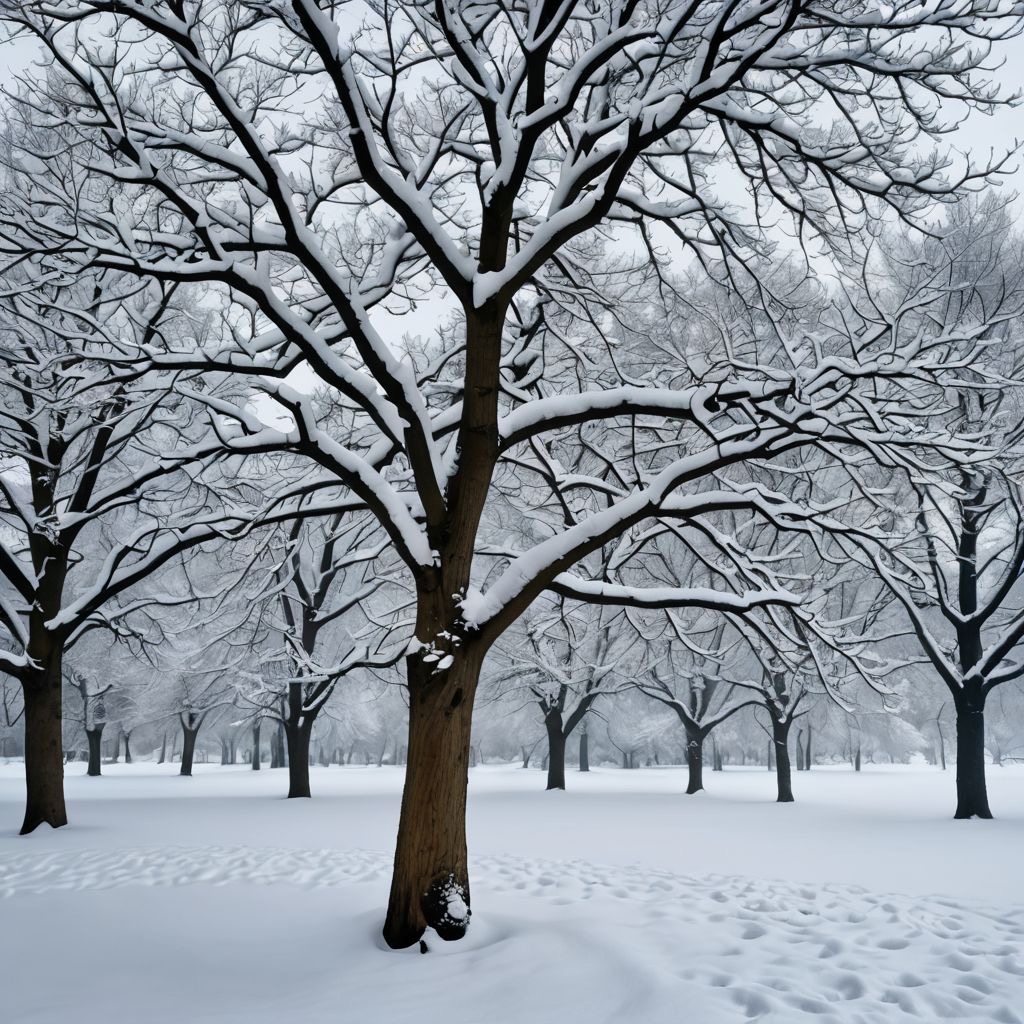
Before you sprint off to your local garden center, it’s essential to take a moment to consider the climate of Winnipeg. The city enjoys a humid continental climate, characterized by frigid, snowy winters and warm, often humid summers. Temperatures can fluctuate significantly; they can soar above 30°C in the summer and drop below -30°C during harsh winters. These extreme conditions mean that your chosen tree varieties must possess the resilience to withstand the cold while also flourishing in warmer conditions.
To complicate matters, Winnipeg experiences various levels of precipitation, which can impact tree health and growth. Therefore, it’s crucial to select trees that are not only tolerant to local Winnipeg-style climates but also suitable for the soil types found in different areas of the city. So what exactly does that entail?
2.2 Top Trees for Winnipeg Homeowners
With the unique climate factors in mind, let’s explore some fantastic tree options that thrive brilliantly in our corner of the country. The following list showcases trees that can make excellent companions for your property:
1. Norway Maple: Renowned for its hardiness, Norway Maples are fantastic at enduring urban conditions. They provide ample shade and can reach impressive heights, making them a perfect choice for spacious backyards.
2. Eastern White Pine: A native species, this evergreen grows tall and boasts a soft, lush texture. It is robust and long-lived, offering excellent wind protection and improving the overall environment around your home.
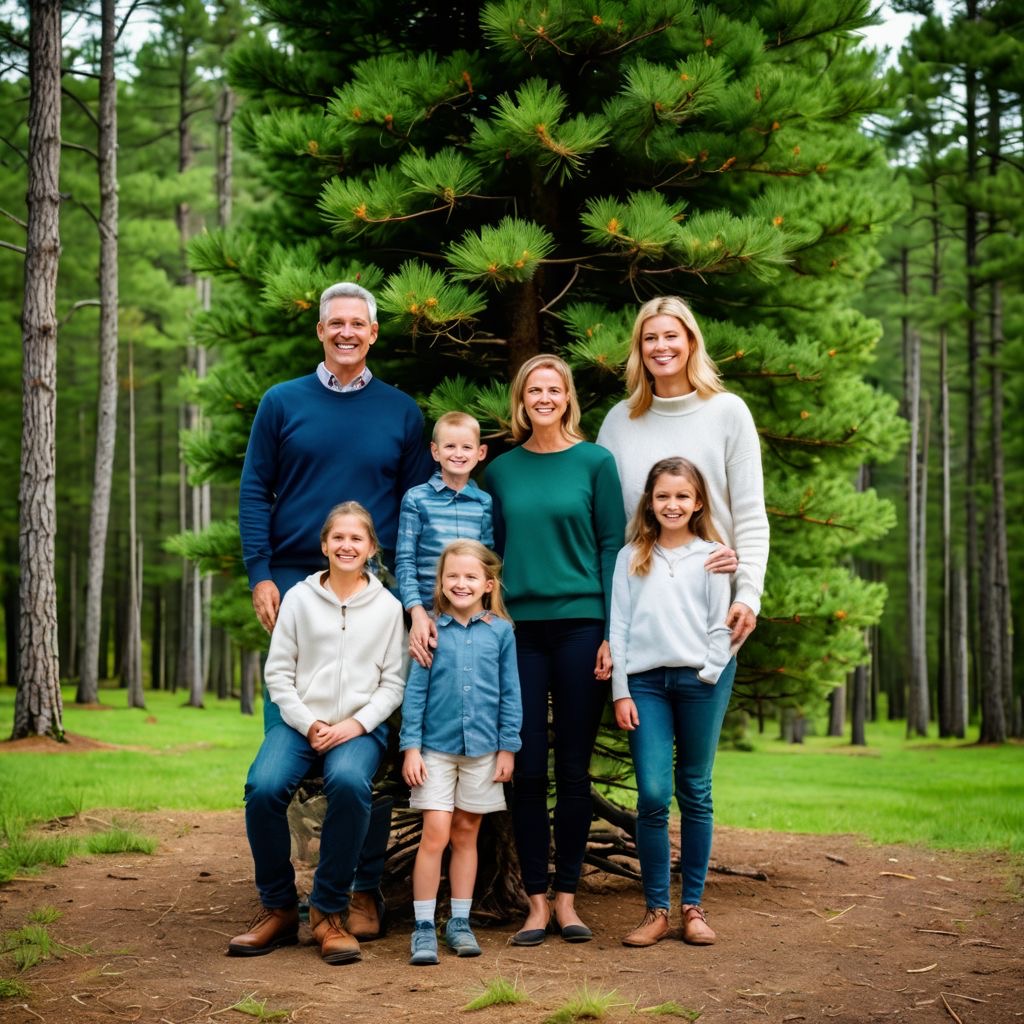
3. Red Maple: An aesthetically pleasing option, Red Maples are famous for their vibrant fall colors. They adapt well to various soil types, and they grow quickly, escalating your landscaping game in no time.
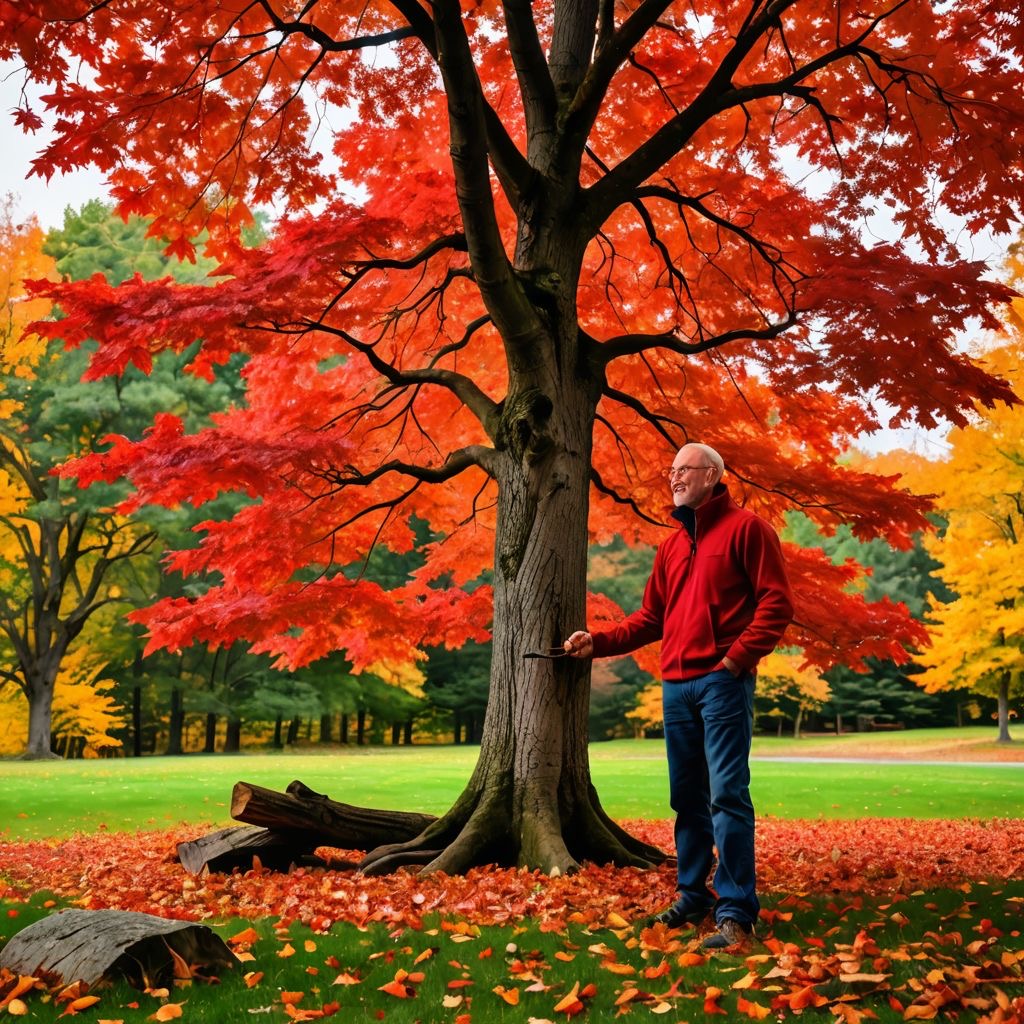
4. Saskatoon Berry: Looking for a bit of diversity? The Saskatoon berry tree not only offers lovely blooms and attractive fall foliage but also rewards you with berries that can be harvested each season!

5. Amur Maple: If your yard is on the smaller side, consider the Amur Maple. This tree typically stands under 20 feet tall, making it suitable for compact spaces while providing brilliant red foliage in the fall.
With climate considerations and ideal candidates now established, let’s dive into the exciting preparation steps before you get your hands dirty.
3. Preparing for Planting:
3.1 Assessing Your Yard
You’ve chosen some fantastic tree options—now it’s time to assess your yard thoroughly! Not just any half-hearted stroll will do—conducting a detailed evaluation of your outdoor space is essential for successful plantings. Pay attention to aspects like sun exposure, moisture retention, and existing landscaping. Take note of areas that receive full sunlight, because most tree species prefer at least partial sun to thrive.
Furthermore, keep your structures in mind! Any fences, decks, or other installations should be considered since they can affect your trees and the way they grow. Once you visualize suitable locations for planting, you’ll be equipped to make the right choices.
3.2 Soil Preparation
So, let's dig into the dirt—figuratively and literally! Healthy trees start with the right soil conditions. You want to ensure that your soil has good drainage capabilities and is enriched with organic matter. Time to roll up those sleeves! Here’s how to prepare your soil:
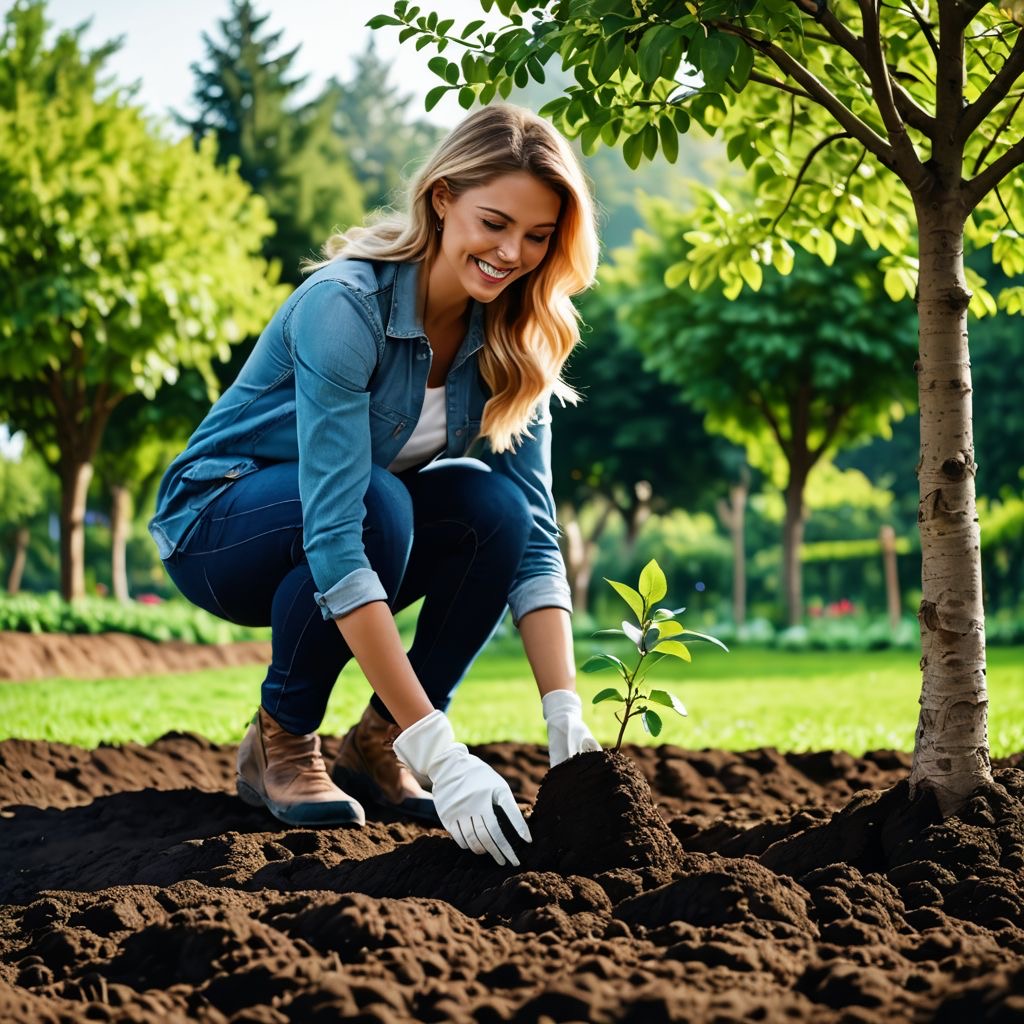
1. Test the soil: You can easily purchase a testing kit at a local garden center. This will help you assess pH levels and nutrient content.
2. Amend the soil: Based on the soil test results, you may need to add compost, peat moss, or other organic materials. Mixing these amendments with the existing soil promotes nutrient-rich, healthy ground for your new trees.
3. Mulching: This step cannot be overlooked! Spreading organic mulch around your planting area keeps moisture retention high and shields the soil from temperature fluctuations.
3.3 Tools You’ll Need

A successful planting day boils down to being adequately equipped. Here’s an extensive list of essentials for your upcoming tree-planting adventure:
- Shovel: A durable shovel is essential for digging the hole.
- Rake: To smooth out the area after finishing the planting task.
- Watering can or hose: Hydration is crucial post-planting.
- Mulch/wood chips: These serve as a lovely finishing touch and promote healthy soil.
- Pruning shears: As a handy addition, you may need these to shape any excess branches in your new trees.
4. Planting Your Tree:
4.1 Best Practices for Planting
You’ve assessed your yard, prepared the soil, and gathered all your tools—now, the moment has arrived to plant your tree! Follow these simple yet crucial steps for a successful planting day:
1. Dig the hole: This should ideally measure about twice the width of the root ball and no deeper than the height of the root ball itself.
2. Remove the container: For trees purchased in containers, carefully peel away the material without damaging the roots.
3. Position your tree: Center the tree in the hole while ensuring that the top of the root ball is level with the ground surface. Elevating it slightly can also be beneficial for drainage.
4. Backfill: Use the excavated soil to refill around the root ball, and pack it lightly to eliminate any air pockets. This is essential for strong root establishment.
5. Water generously: Provide your newly planted tree a deep soak right after planting. This encourages the soil to settle and roots to take hold.
6. Add mulch: Finally, spread a layer of mulch around the base of the tree, leaving a small gap near the trunk to stave off rot.
4.2 After Planting Care
Congratulations! You’ve successfully planted your tree. However, the work doesn't conclude with the planting. Ongoing care for your trees is vital for long-term health and happiness. Here are some essential care tips:
- Watering: Trees require consistent moisture, particularly during the first year following their installation. Deep watering approximately once a week is generally ideal, but increase frequency in hotter or dry months.
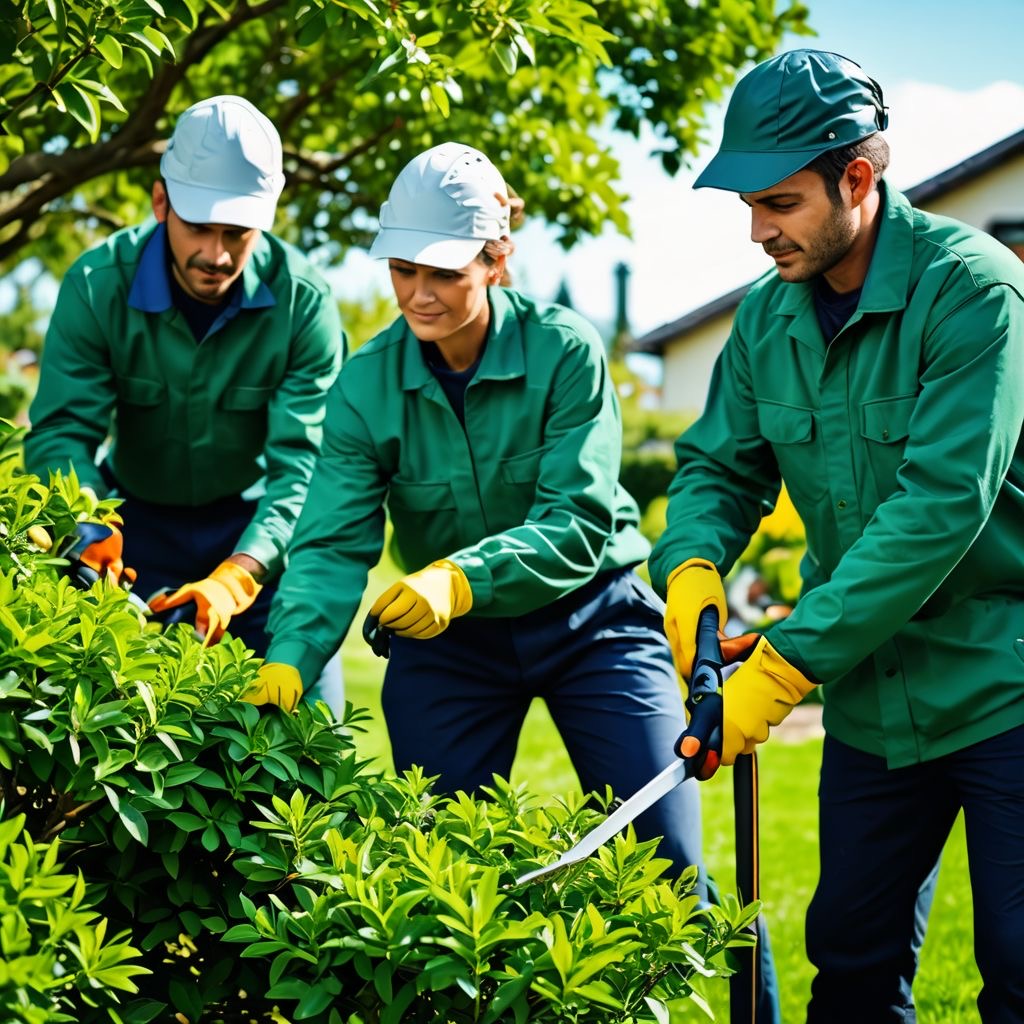
- Pruning: Avoid making significant cuts until the tree has settled in—often after about a year. Address any dead or crossing branches as you spot them to encourage healthy growth.
- Monitoring: Always be vigilant and keep an eye out for signs of stress, wilting, leaf loss, or pests. Early detection can often remedy potential problems before they escalate.
5. Growth Rate and Size of Trees:
5.1 Understanding Growth Patterns
Trees don’t just stand still and look pretty! Different species have distinct growth patterns that significantly impact your yard over time. Some trees may be speed demons, while others prefer a slower and steadier approach. Understanding these differences is key to maintaining a balanced landscape:
- Fast-growing trees: Norway Maple tends to provide shade within just a few years. They can add significant ambiance to your yard in no time.
- Moderate growth: Eastern White Pine enjoys life at a more moderate pace, gradually reaching its majestic heights.
- Slow but sure: Amur Maple may take longer to grow, but its delightful colors will compensate for the wait once it’s fully established.
5.2 A Look at Common Trees
Let’s take a more in-depth look at how some of the trees previously mentioned will grow and their respective sizes:
- Norway Maple: This tree typically reaches heights of 40 to 50 feet and boasts a spread of about 30 to 45 feet. Expect an annual growth rate of approximately 1 foot.
- Eastern White Pine: Known for their towering heights, these trees can reach a staggering 50 to 80 feet tall, with a crown spread around 30 feet. Typically, they flourish at a growth rate of around 2 feet per year.
- Red Maple: With a rapid growth rate of 3 to 5 feet annually, expect this tree to culminate in heights of 40-60 feet while unveiling vibrant shades of red in the fall.
Ready to chat about your landscaping goals?

Reach out by call or text to: 204-229-9789 or click here to submit your information today to arrange a “no obligation” introductory phone call. We look forward to helping you transform your yard.
Tips on how to prepare for a consultation meeting with a landscape contractor
6. Common Diseases and Pests:
6.1 Identifying Common Tree Diseases
Just like humans, trees may also get sick. It’s essential to be aware of common health issues that might affect your leafy friends:
- Maple Wilt: This disease typically causes leaves to curl and wilt prior to dropping. Early detection and treatment are vital to curb infections.
- Leaf Spot: Usually caused by fungal infections, signs include dark spots on leaves. Although this is primarily an aesthetic concern, it can sometimes impact tree health if left untreated.
6.2 Pests: The Usual Suspects
The world of trees often invites unwelcome guests in the form of pests. It’s crucial to watch out for some of these common critters:
- Aphids: These tiny intruders commonly hide beneath leaves and can weaken plants by feeding on their sap.
- Emerald Ash Borer: This invasive pest poses a serious risk to ash trees and is a growing concern in many regions, including Winnipeg.
- Caterpillars: You may find caterpillars munching on leaves, and in a short amount of time, they can strip a tree bare if not intercepted quickly.
When you notice any of these pests, don’t fret! There are numerous treatments available, including insecticidal soaps and introducing beneficial predators to maintain balance.
Read here about Common tree diseases that plague Winnipeg trees.





